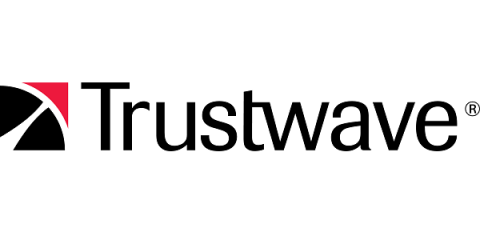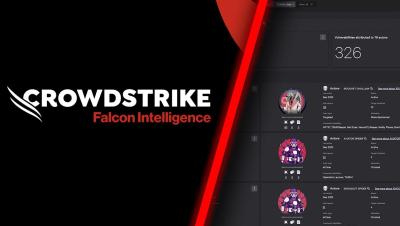Security | Threat Detection | Cyberattacks | DevSecOps | Compliance
Threat Intelligence
Trustwave Threat Intelligence Briefing: The 2023 Financial Services Sector Threat Landscape
Cyberattacks striking the financial services industry are more prevalent, dangerous, and hitting faster than ever. To provide much needed guidance and recommended mitigation measures the elite Trustwave SpiderLabs team conducted a multi-month investigation into the cyber threats facing the financial services sector and released the report 2023 Financial Services Sector Threat Landscape: Trustwave Threat Intelligence Briefing and Mitigation Strategies.
Strengthening Cybersecurity: The Importance of Multi-Factor Authentication
Safeguarding your own personal digital ecosystem is your responsibility. However, the effectiveness of your organization’s cybersecurity measures heavily relies on the collective efforts of every member in your organization. Inspired by the Cybersecurity Awareness Month (CSAM), it serves as a reminder that individual choices can significantly impact overall cybersecurity.
See Falcon Intelligence in action
Fortify Your Security with Passwords and Password Managers
The internet has become an integral part of our daily lives, protecting our online accounts and sensitive information is more critical than ever. Passwords are the first line of defense against cyberattacks, and their strength is essential in safeguarding our identities. In this blog post, we’ll cover passwords and password managers, exploring the significance of strong passwords and the role that password managers play in enhancing our online security.
Stay Secure: Your Guide to Cybersecurity Awareness Month 2023
October has arrived, and with it comes one of the most crucial awareness campaigns in the digital age: Cybersecurity Awareness Month (CSAM). As we navigate an ever-changing and technologically advanced world, protecting our online presence has never been more vital. This month, we’ll dig into the four CSAM themes to help you fortify your digital defenses and safeguard your online identity. Stay tuned as we give tips that anyone in your family can follow, even mom!
WatchGuard Threat Lab Report Finds Endpoint Malware Volumes Decreasing Despite Campaigns Growing More Expansive
Why Threat Intelligence Automation Needs Humans
Learn about Cyberint Threat Intelligence Here: https://cyberint.com/platform/threat-intelligence/
In this video Anastasia explains why threat intelligence automation is not enough on its own, humans are needed.
Unlocking the Power of Cybersecurity Automation: Insights from ThreatQuotient's 2023 Research
Defined by relentless cyber threats and evolving challenges, the role of cybersecurity has never been more crucial. As organizations across the globe struggle with the ever-expanding threat landscape, the adoption of cybersecurity automation has emerged as a promising solution. This third annual survey conducted by ThreatQuotient, explores cybersecurity automation adoption and provides insights gathered from 750 senior cybersecurity professionals from the UK, US, and Australia.











